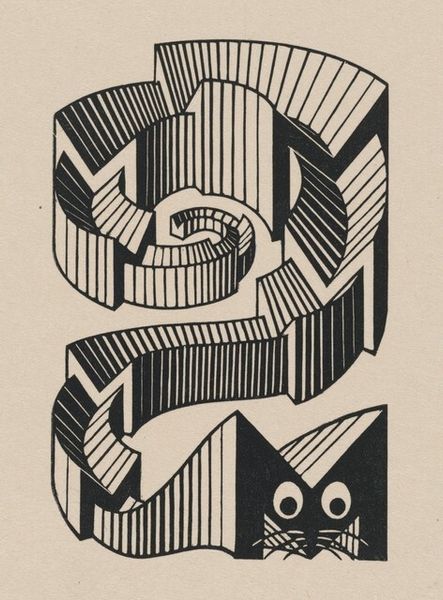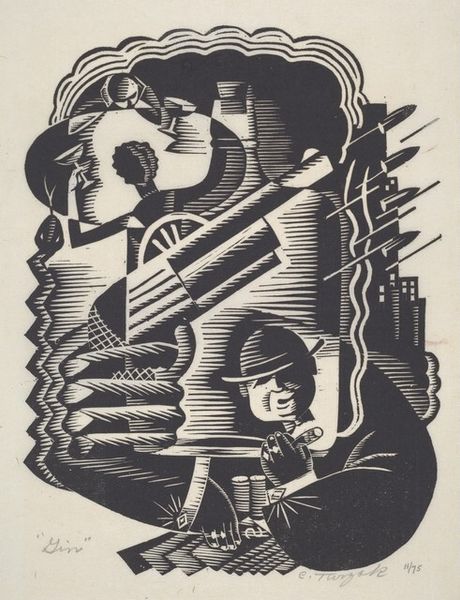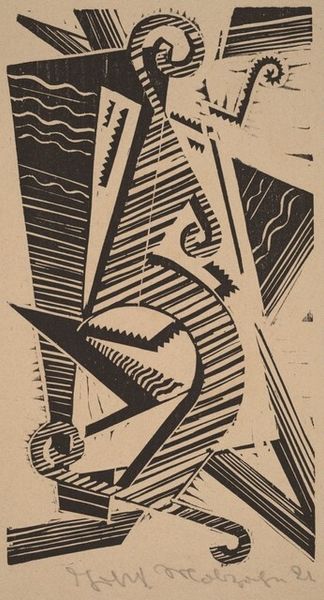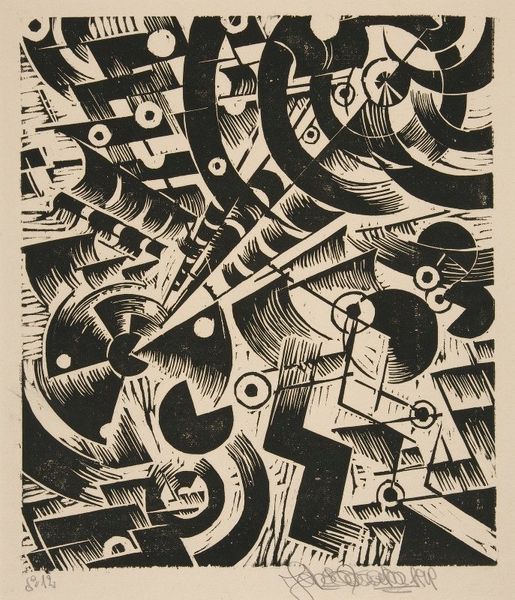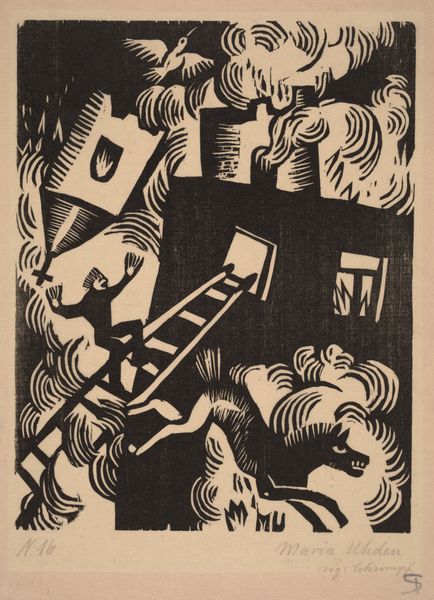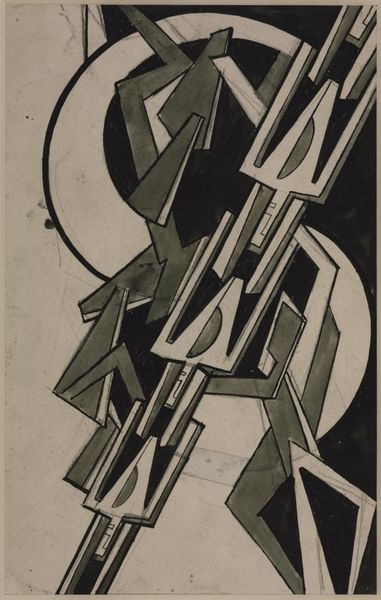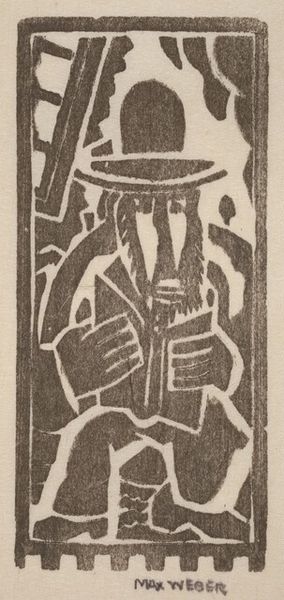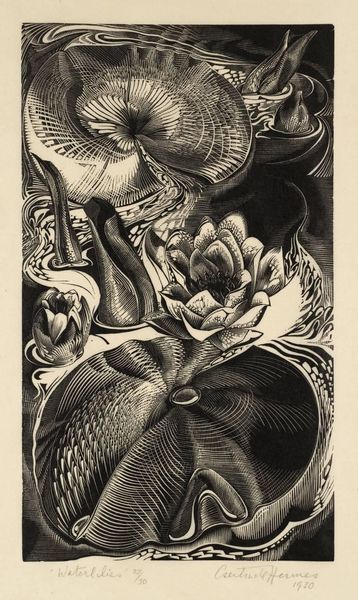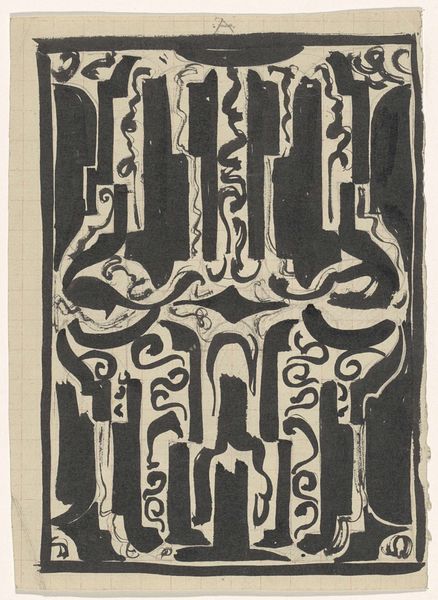
drawing, print, paper, ink
#
portrait
#
drawing
# print
#
paper
#
ink
#
geometric
#
pen-ink sketch
Dimensions: image: 9.7 x 6.7 cm (3 13/16 x 2 5/8 in.) sheet: 13.8 x 10 cm (5 7/16 x 3 15/16 in.)
Copyright: National Gallery of Art: CC0 1.0
This is "E is een Ezel" or, "E is for Donkey," made in 1967 by M.C. Escher. Look closely, and you'll see how this piece uses precise lines and calculated perspectives to create a world of illusion. Escher wasn't just drawing; he was constructing a visual puzzle. The stark contrast of black ink on paper gives this small print a real graphic punch, doesn't it? The way he renders the donkey's head with all those carefully etched lines, emerging out of the tessellated 'E's is fascinating. Each line is deliberate, building up the form and texture of the animal. It is a reminder that making art is as much about planning as it is about spontaneity. And those 'E's! They remind me a little of Sol LeWitt’s sculptures, so systematic and logical. Escher, like LeWitt, embraces a kind of rule-based creativity. Though very different from the surrealist, Salvador Dali, they all invite you to question your perception of reality. With Escher, it's never just what you see, but how you see it.
Comments
No comments
Be the first to comment and join the conversation on the ultimate creative platform.
